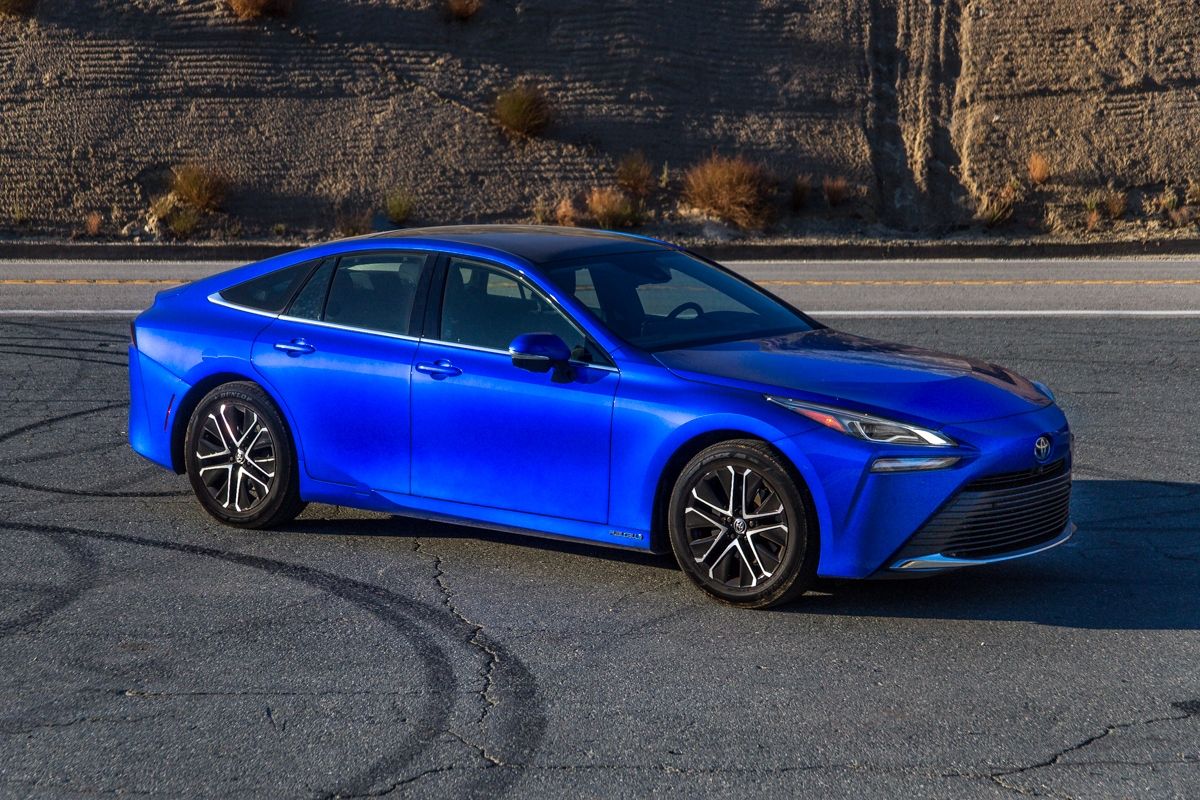
Ask any automaker and they'll tell you that we're on the brink of the next monumental step change in automotive technology: cracking the autonomous driving code, and while most of their ideas for how to best leverage this technology have centered around self-driving taxi services, every once in a while, a company dreams up something a bit more novel.
Enter Toyota, which just filed for a US patent on a self-driving fuel tanker that drives itself to the customer's location and provides mobile, on-the-go refueling. To use it, a customer need only provide some identifying information about their car, select the type of fuel required, and send a request. The tanker takes care of the hard stuff.
The patent application, first uncovered by The Drive, specifies that the self-driving refueling tanker could be outfitted with any popular octane rating of gasoline, diesel fuel, a charged battery pack for EVs, or even hydrogen - for the handful of drivers in the US who actually have a Toyota Mirai. It doesn't appear to specify whether or not refueling while driving would be a possibility, although it's much more fun to imagine getting to play fighter pilot for a few minutes, isn't it?
We're guessing that's a no-go, partly because there tends to be a lot more traffic on the road than in the air.
The design floated for this mobile refueling station is almost hilariously simple. Drawings included in Toyota's patent application show a self-driving sedan with a small trailer affixed to the back bumper, the trailer enabling the car to easily change out whichever fuel its carrying depending on the customer's request.
Obviously, the biggest potential application for such a thing is to rescue stranded drivers who have run out of fuel - something that's an especially big concern for battery-electric and hydrogen fuel-cell vehicles, where refueling stations are fewer and farther between.
As for whether or not we'll ever see it brought to life, we're leaning toward "probably not." The patent application seems highly speculative and, dare we say, a bit limited in usefulness. There are better things for automakers to throw their autonomous driving technology at.
